Topiaries are a beautiful addition to any garden, but they can be a little tricky to care for. If you’re not sure why your topiary is dying, don’t worry! We’re here to help. In this blog post, we will discuss the most common reasons topiaries die and how to prevent it.
Why Is My Topiary Dying?
There are a number of reasons why your topiary might be dying, including incorrect watering, lack of sunlight, poor soil quality, pest infestation, and disease. Most of the time, a lack of water is the culprit. Topiaries need to be watered regularly, especially during hot weather.
Topiaries are beautiful, unique plants that make a great addition to any home. However, they can be delicate and require special care. If you’re having trouble with your topiary, here are a few potential problems and solutions:
1. Incorrect Watering
Topiary plants dry out quickly, so they need to be watered regularly. During hot weather, they may need to be watered daily. You can tell if a topiary is dying due to lack of water if the leaves start to dry, turn brown, and wilt. The best way to water a topiary is to soak the roots with a hose or watering can. Allow the water to seep deep into the soil before letting it drain out.
Overwatering can also be a problem. If the leaves of your topiary are wilting or yellowing, it’s likely that you’re overwatering. The only way to know when to water your topiary is to check the soil regularly. The best way to do this is to stick your finger about an inch into the soil. If it feels dry, it’s time to water.
If you suspect your topiary is dying due to too much water, stop watering for a few days and see if the plant improves. If it does, you can resume your normal watering schedule. However, if it doesn’t recover, inspect the roots for signs of root rot. If the roots are mushy or black, they are probably rotting and will need to be replaced.
2. Lack of Sunlight
Topiaries need at least six hours of sunlight a day to thrive. If your topiary is not getting enough light, it won’t be able to produce the food it needs to survive. As a result, the leaves will begin to turn yellow and eventually fall off.
You can fix this issue by moving your topiary to a sunnier location. If possible, place it in an east- or south-facing window. Alternatively, you can use grow lights to provide the extra light your plant needs.
3. Poor Soil Quality
Topiaries need well-drained soil in order to thrive. If the soil is too dense or doesn’t drain properly, the roots will rot and the plant will die. To improve drainage, mix in some sand or perlite when planting your topiary. You can also make sure that the pot has drainage holes so that excess water can escape.
It’s also worth noting whether a fertilizer has been used as this could be the problem. Topiaries don’t need a lot of fertilizer, and too much can actually damage the plant. If you think your topiary might be getting too much fertilizer, flush the soil with water to remove any excess.
But if you’ve never used fertilizer before, your topiary might just need some. In this case, use a balanced fertilizer that will add the nutrients your plant needs without overdoing it.
4. Pest Infestation
Pests can quickly kill a topiary if they are not controlled. The most common pests include aphids, scale insects, and mealybugs. These pests feed on the leaves of the plant, causing them to turn yellow and eventually die.
To get rid of pests, start by spraying your topiary with water. This will remove some of the pests but won’t kill them all. Next, use insecticidal soap or neem oil to kill the remaining pests. Make sure to follow the instructions on the label carefully.
5. Disease
Diseases are another common reason for topiary death. The most common diseases include powdery mildew, root rot, and leaf spot. Powdery mildew is a white or gray fungus that grows on the leaves of the plant. Root rot is a fungal disease that attacks the roots of the plant. Leaf spot is a bacterial or fungal disease that causes brown or black spots on the leaves.
To prevent diseases, reduce humidity around the plant and make sure the leaves are dry before nightfall. It can also help to clean up any fallen leaves or debris from around the plant. If your topiary does get a disease, you can treat it with a fungicide or bactericide. Make sure to follow the instructions on the label carefully.
As you can see, there are a number of potential reasons for a topiary’s death. By troubleshooting the problem and taking corrective action, you should be able to save your plant. With proper care, your topiary will thrive for years to come.
Conclusion
In conclusion, the three most common reasons for a topiary’s death are overwatering, lack of sunlight, and poor soil quality. To prevent these problems, water regularly, place in a sunny location, and mix in sand or perlite when planting. If you do experience a problem, troubleshoot the issue and take corrective action as soon as possible.
Do you have a topiary that’s not looking so good? Share your story in the comments below! I would love to hear from you.
Tim is an avid gardener from the UK. He was the founder of PlantCarer.com from 2021 to Sep 2023. He sold PlantCarer.com to Aaron. He has since started his own business called Seed To Supper, which provides new gardeners all the materials you need in a box (pots, seeds, compost and instructions) to grow your own delicious and nutritious vegetables and herbs from start to finish – no garden required.

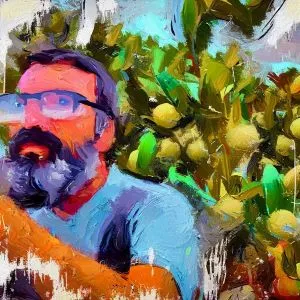

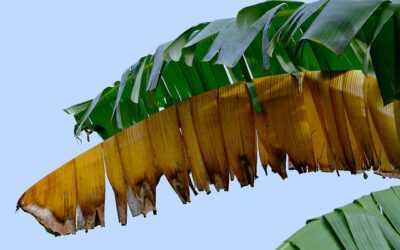

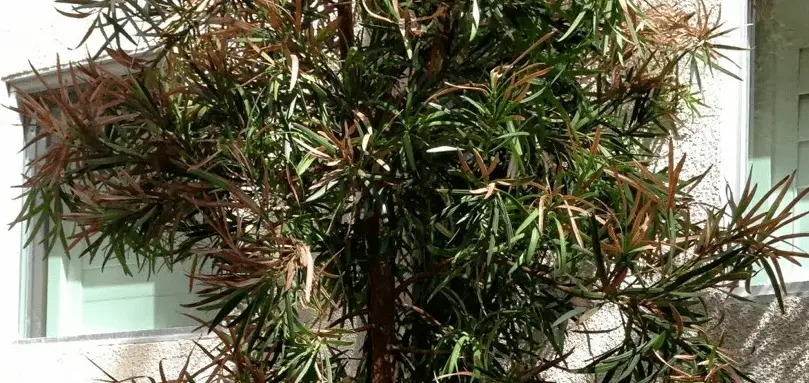
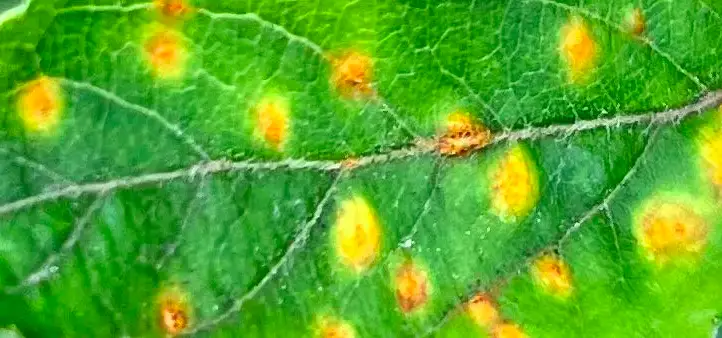
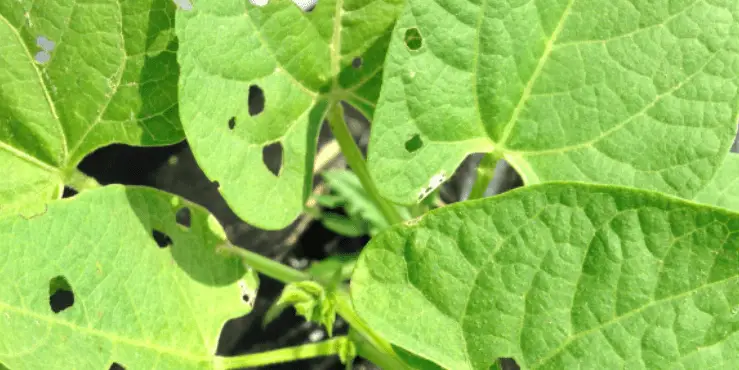
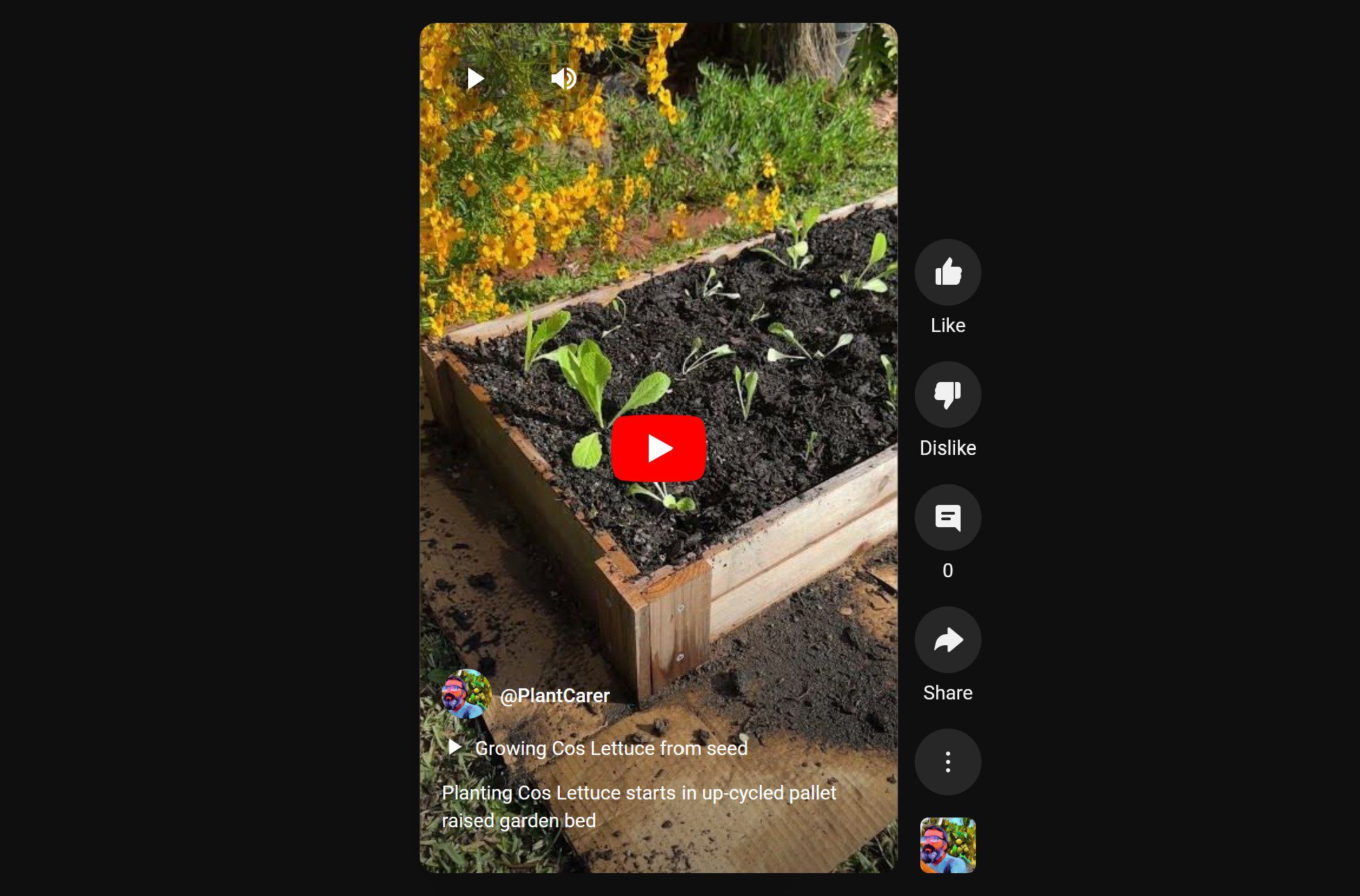
0 Comments